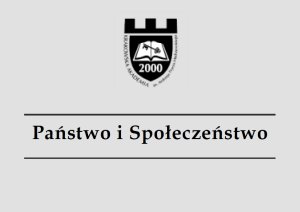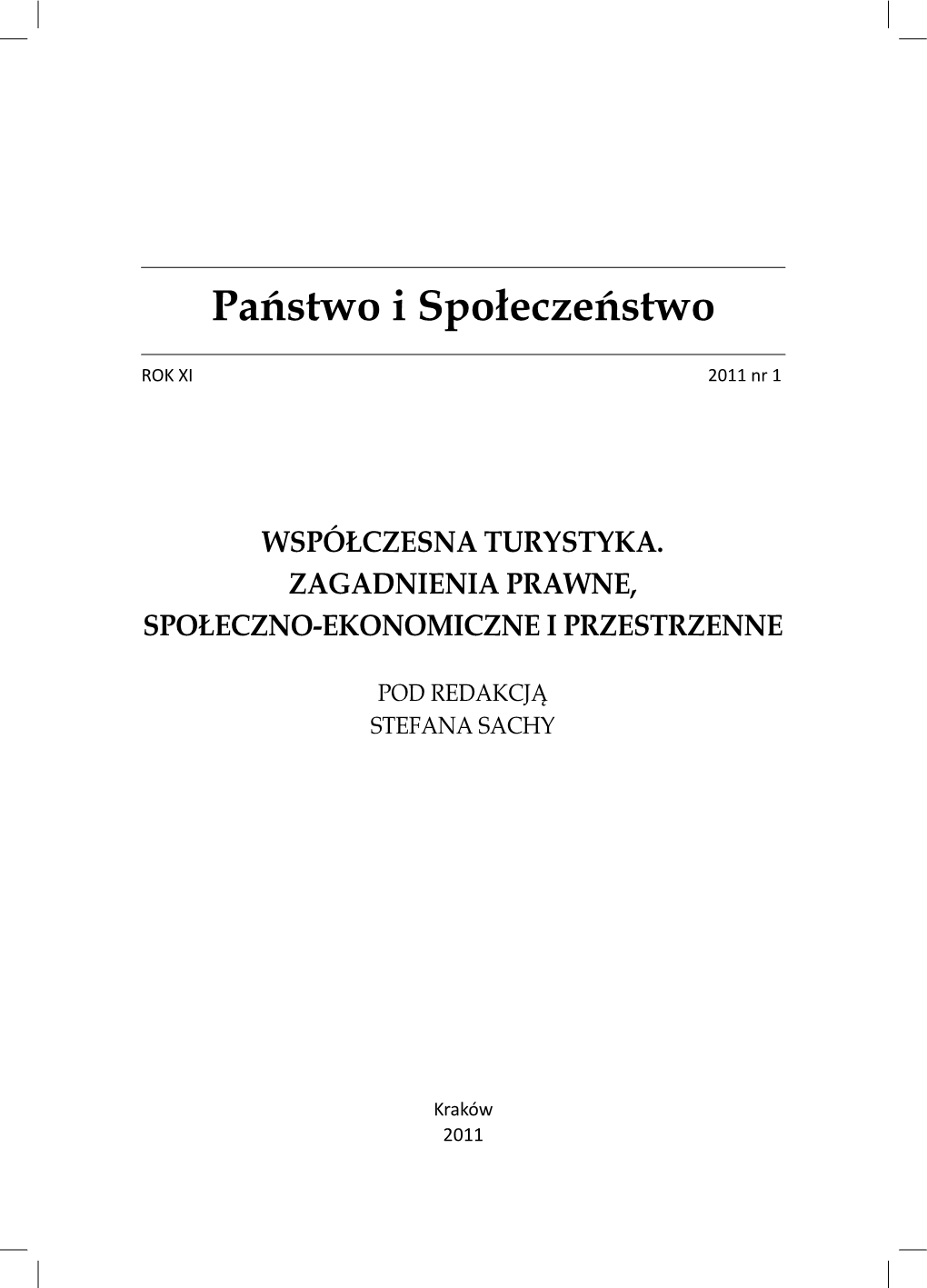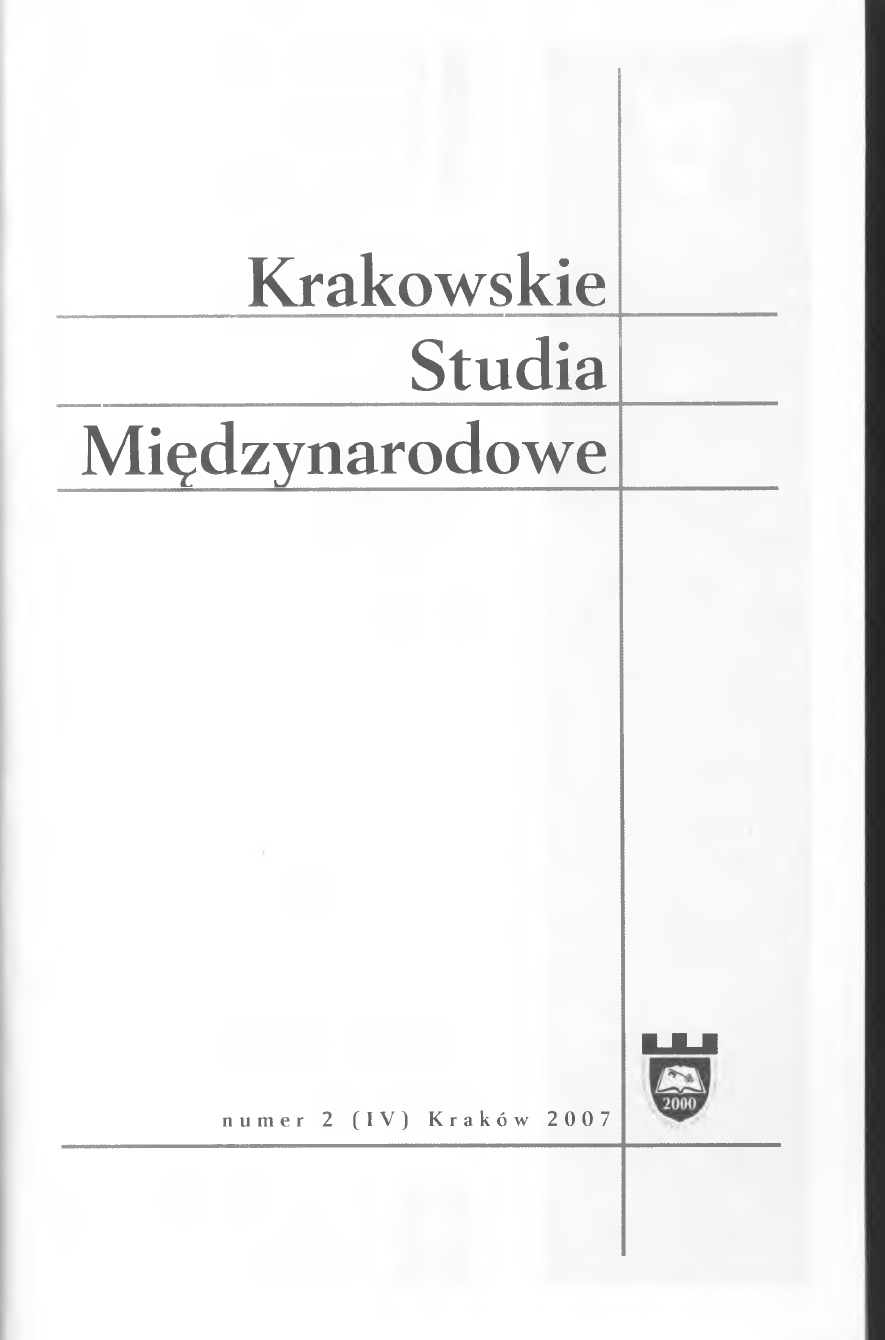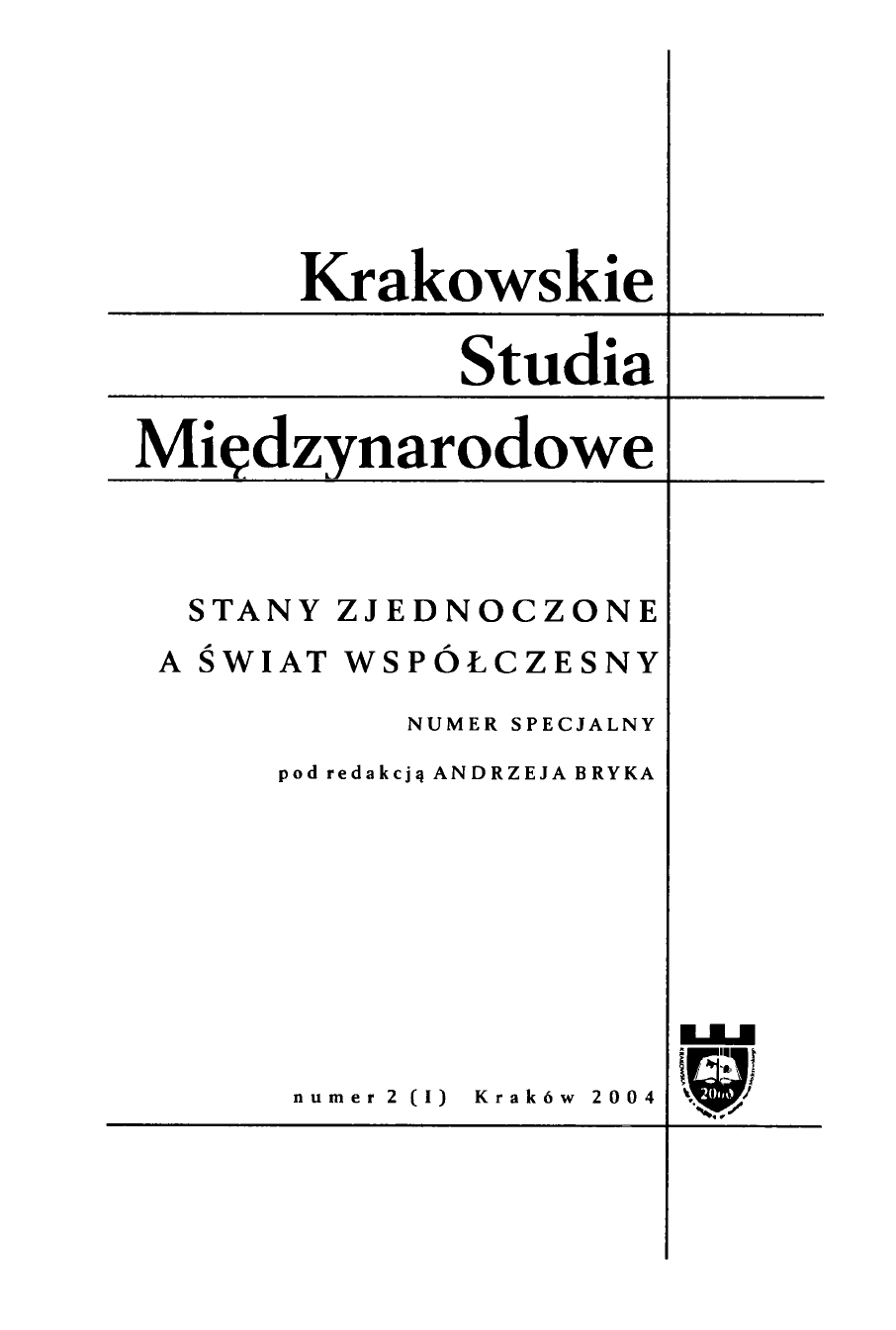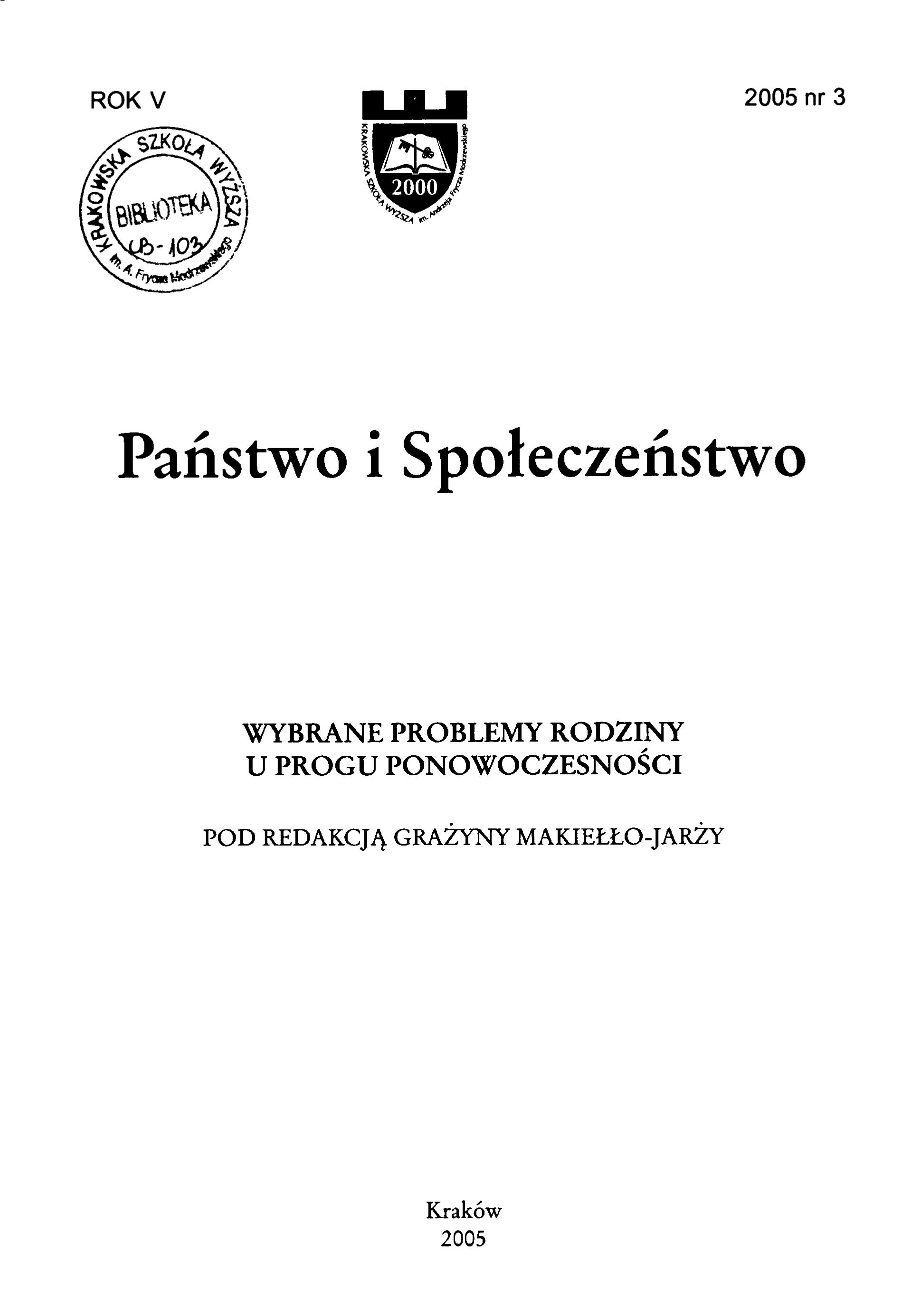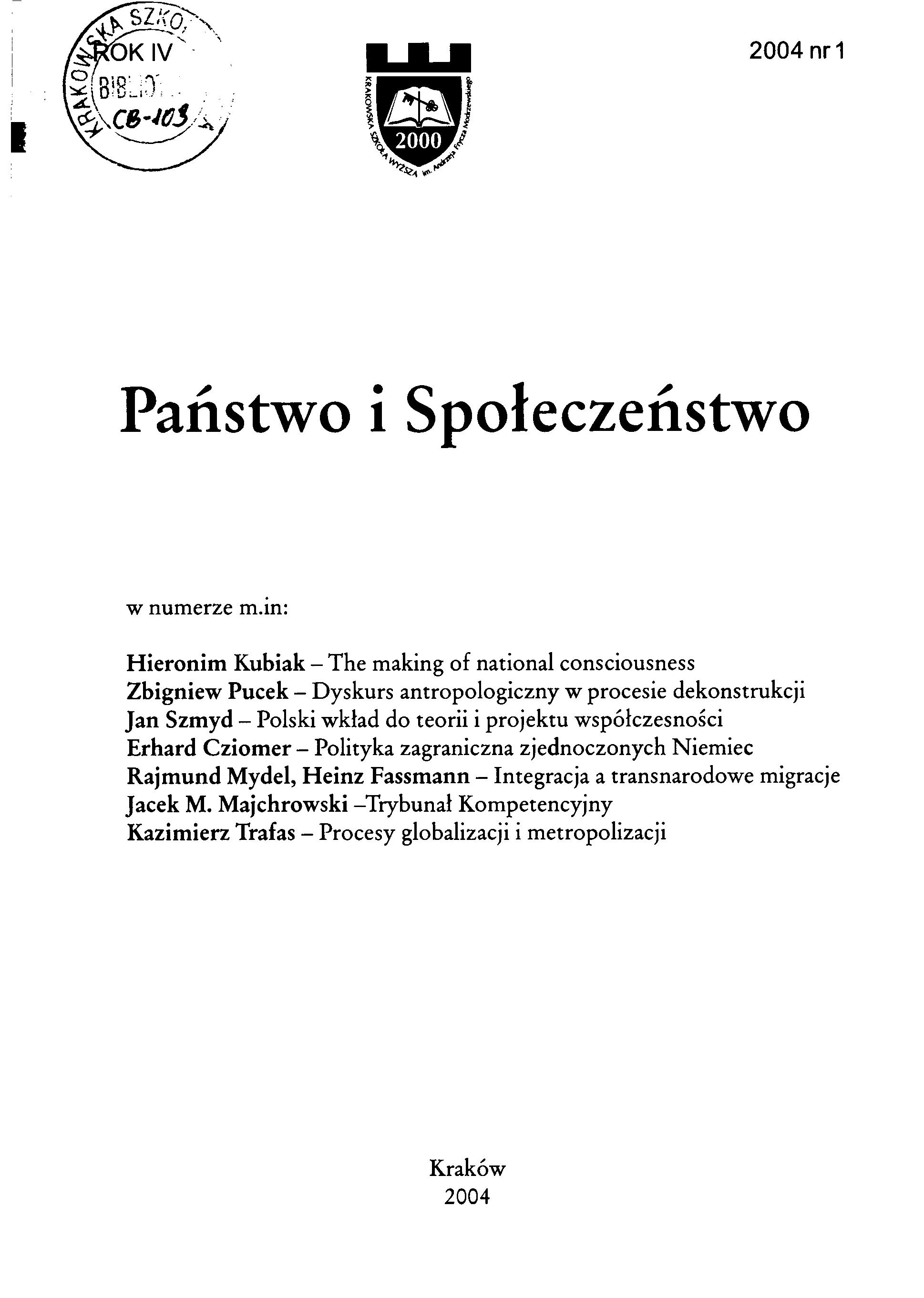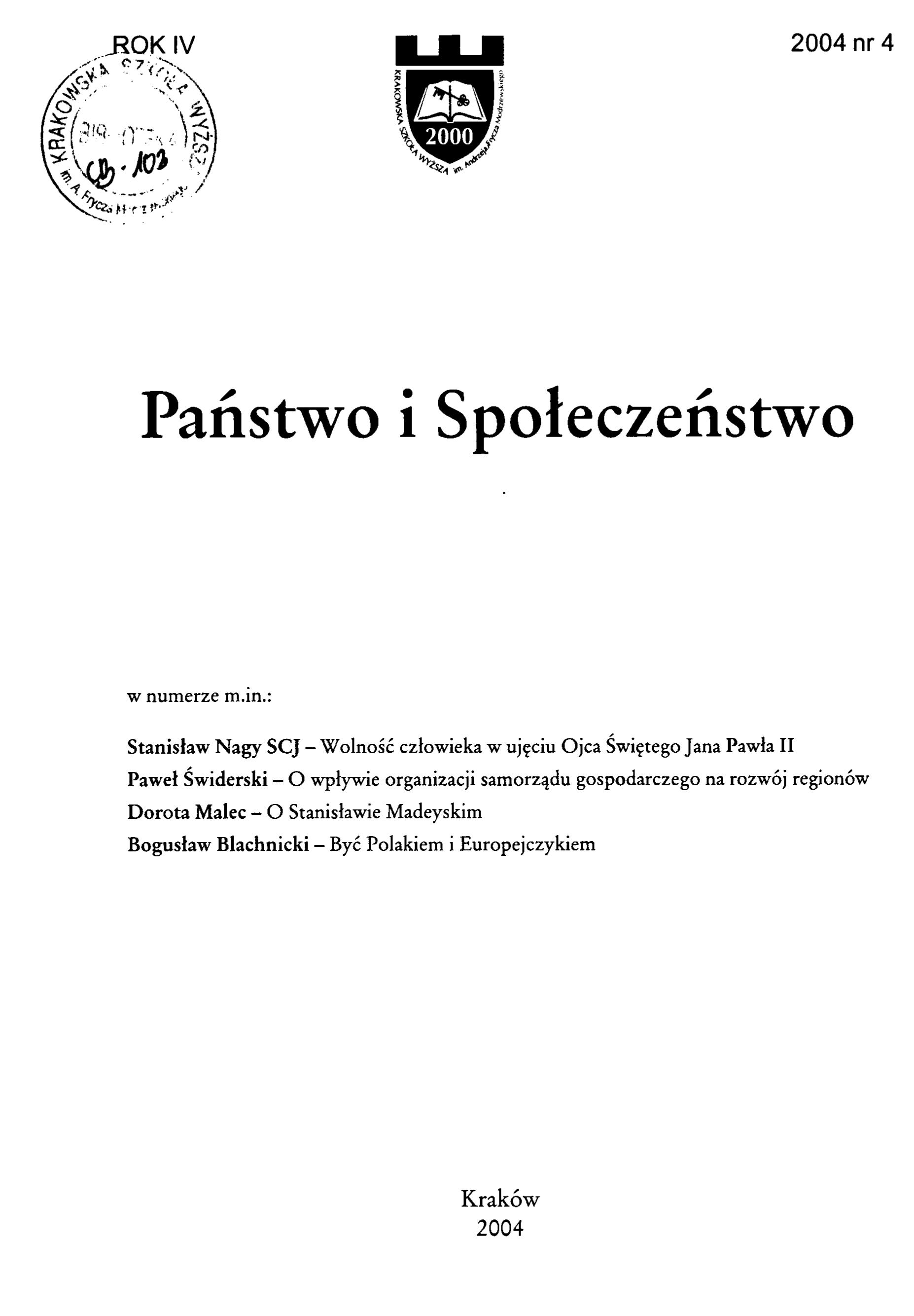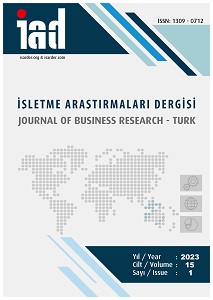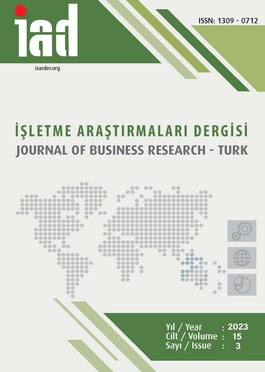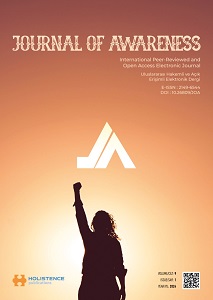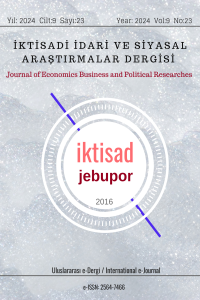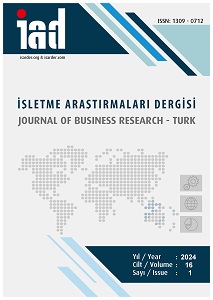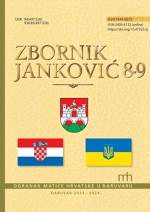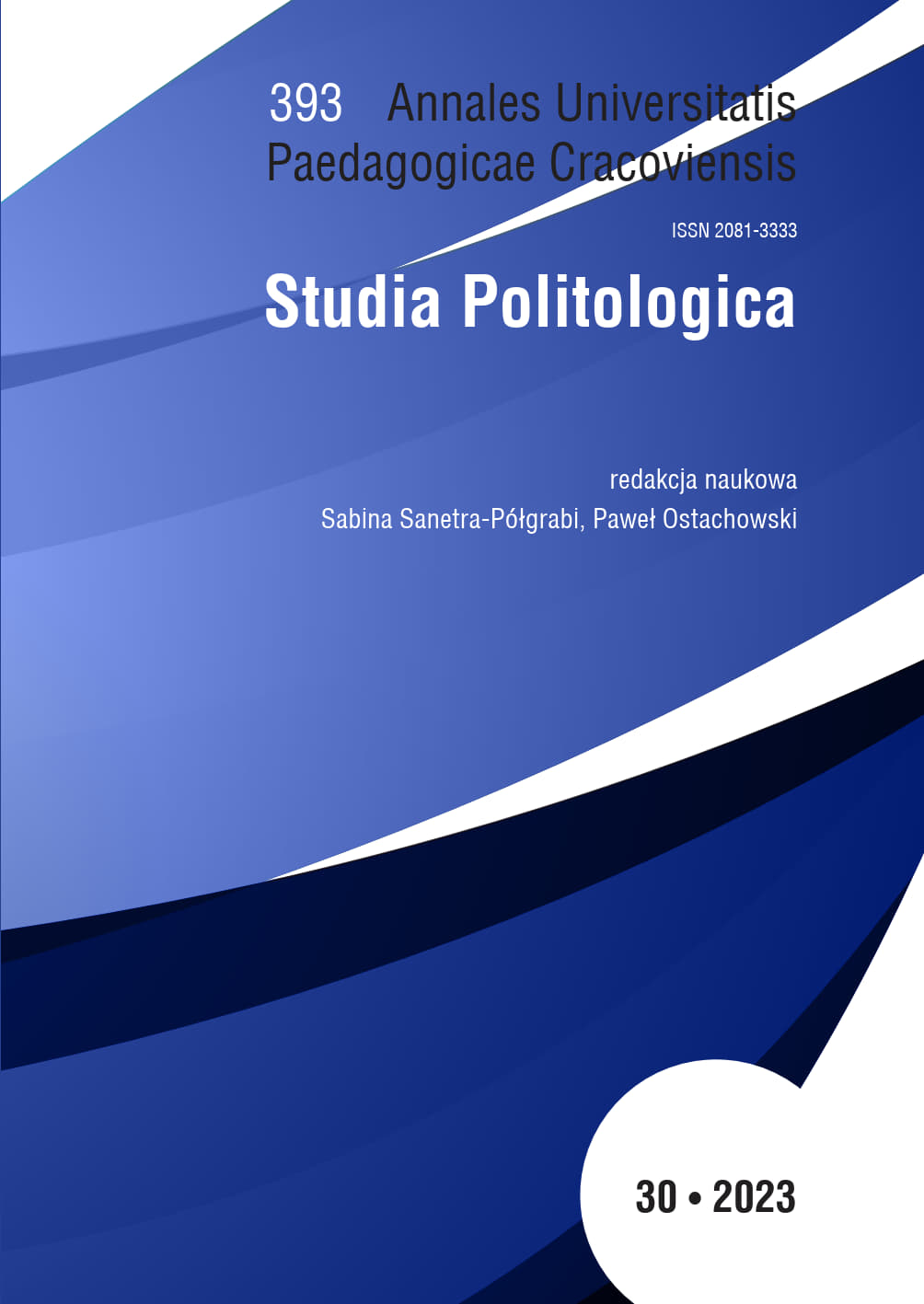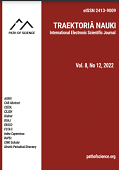Author(s): Aliyeva Gulshan Aliaskar / Language(s): English
Issue: 1/2024
Purpose: Old age has interested humanity since ancient times. Initially, old age was associated with wisdom; scientists looked for the causes of aging and death in order to prolong life. Currently, we are faced with the phenomenon of an aging population, but at the same time old age is perceived rather negatively. The accumulation of this discontent with the predominance of the elderly over the young gives rise to the problem of mutual understanding and mutual acceptance of generations. The task of psychologists in this case is to prevent the growth of tension in society and help in establishing contact between representatives of different generations. Due to the complex nature of old age and the many different losses that can be mentally and physically difficult for people in this period of life, it is extremely important to unite specialists from different professions - doctors, psychologists, social workers involved in the care, treatment and support of an elderly person. According to the 2019 World Population Prospects, by 2050, one in six people in the world will be over age 65, up from one in 11 in 2019. By 2050, one in four persons living in Europe and Northern America could be aged 65 or over. In 2018, for the first time in history, persons aged 65 or above outnumbered children under five years of age globally. The number of persons aged 80 years or over is projected to triple, from 143 million in 2019 to 426 million in 2050 (United Nations www.un.org/en/global-issues/ageing ). Mental health and quality of life of this population have been searched by special institutions, independent researchers, state and non-government organizations. The main aim of this study is to do deep research according to literature analyzing and survey results with elderly population in Azerbaijan. Design, Materials and methods: The main aim of the article is to describe psychological aspects of aging using literature materials and case materials from the survey in 2019-2020, in Azerbaijan. The present study was designed to assess mental health issues of elderly population. Participants (n = 200) were elder groups from Azerbaijan, who completed the WHO QOL Scale, the PHQ-9 and survey Questionnaire. Conclusion: According to the findings of the research, it was determined that there was a significant differences on measures of depression across most demographic categories and figures of depression symptoms between participants with and without a family support (F=1,725; df=152; t=-2,5; sig.p=0,191). However, it was determined that there was a distinctive indicators of Quality of life of older adults, and also about their future expectations (F=2,3; df=198; t=-7,1; sig.p=0.131). According to the literature and the results of the surveys, older adults’ mental health problems and QOL indicators related to conditions, where they live. The depression figures increase when they are faced with different abuse, discrimination. WHO develop special programs to support the mental health of older adults include the development of scalable psychological interventions to address various mental health problems, research and guidance on interventions to reduce social isolation and loneliness, and cost–effective solutions to prevent abuse of older adults (WHO, 2023)
More...
